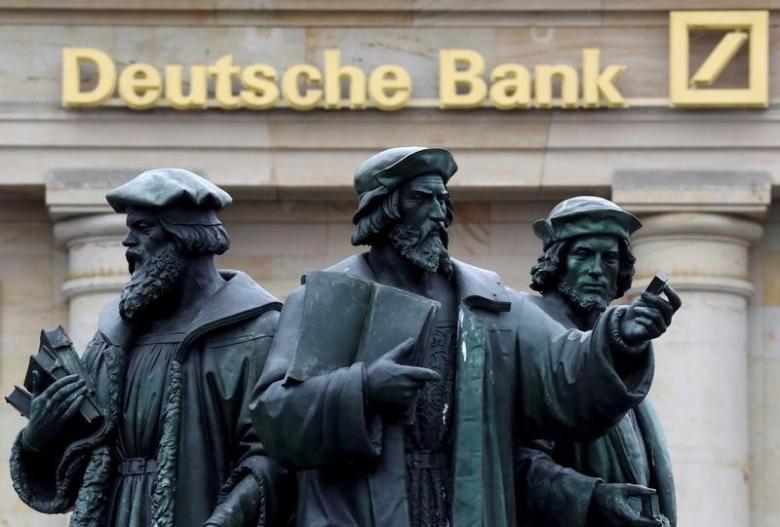Giuseppe Sandro Mela.
2017-08-23.
«Morgan Stanley (NYSE: MS) is a leading global financial services firm providing investment banking, securities, wealth management and investment management services. It is headquartered at 1585 Broadway in the Morgan Stanley Building, Midtown Manhattan, New York City. With offices in more than 42 countries and more than 55,000 employees, the firm’s clients include corporations, governments, institutions and individuals.
Morgan Stanley, formed by J.P. Morgan & Co. partners Henry Sturgis Morgan (grandson of J.P. Morgan), Harold Stanley and others, came into existence on September 16, 1935, in response to the Glass–Steagall Act that required the splitting of commercial and investment banking businesses. In its first year the company operated with a 24% market share (US$1.1 billion) in public offerings and private placements. The main areas of business for the firm today are Institutional Securities, Wealth Management and Investment Management.» [Fonte]
*
In numeri, Morgan Stanley nel 2016 denunciava ricavi per 37.95 miliardi Usd, reddito operativo 8.5 miliardi, ed un asset under management di 1,300 miliardi. Più tutto il resto.
Di questa banca di interesse mondiale si può dire di tutto tranne che non sappiano guadagnare loro e far guadagnare i propri clienti, che le hanno dato da gestire un qualcosa come 1,300 miliardi di dollari.
Morgan Stanley sa più che bene come l’unico modo di mantener e di accrescere la clientela sia farla guadagnare.
* * * * * * *
«Whilst the electric vehicles and lithium batteries manufactured by these two companies do indeed help to reduce direct CO2 emissions from vehicles, electricity is needed to power them.»
*
«And with their primary markets still largely weighted towards fossil-fuel power (72% in the U.S. and 75% in China) the CO2 emissions from this electricity generation are still material»
*
«the carbon emissions generated by the electricity required for electric vehicles are greater than those saved by cutting out direct vehicle emissions.»
*
«Morgan Stanley, …. admitted that considering companies on a climate-change basis was not a perfect science»

